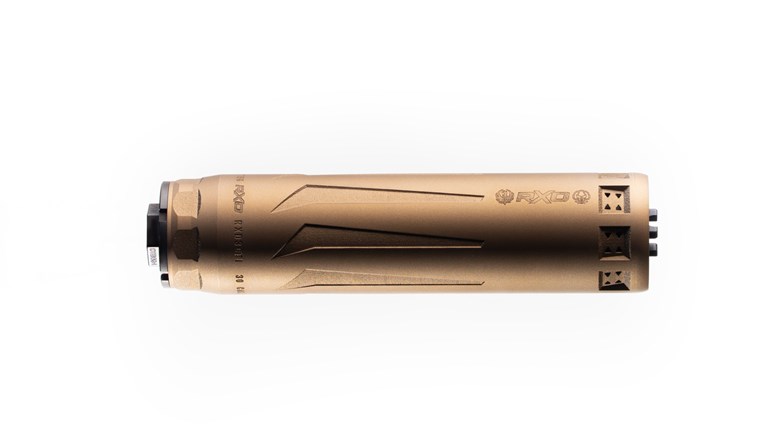
Coyotes have inundated South Florida to such a level that Broward County Parks, along with the Florida Fish and Wildlife Conservation Commission, held an online coyote seminar this spring on dealing with coyotes.
The FWC said there’s no population estimate for coyotes in Florida, but they’ve been spotted in all 67 counties, and even on beaches.
Angeline Barker, a biologist with the Florida Fish and Wildlife Conservation Commission says coyotes arrived by walking across bridges and roads, or by swimming.
“It turns out, coyotes are fairly strong swimmers,” Barker said.
Coyotes can thrive in urban, suburban and rural areas because they’re adaptable, according to the FWC. They can eat almost everything humans eat, including fruits, nuts and seeds, and they can eat pet food, garbage, rodents, domestic cats and small dogs.
The FWC suggests keeping pets on a non-retractable leash no longer than 6 feet when taking a walk, and having a fenced yard.
“I don’t want to sugarcoat it for you,” Barker said, “Coyotes and other wildlife, other predators will absolutely predate pets if they are free-ranging.”
“We understand coyote sightings have been reported more frequently in the urban portions of Broward County,” Linda Briggs Thompson, environmental program manager for Broward County Parks and Recreation Division, said in an email. “Because there are misconceptions about coyotes, the reactions from residents are often based on fear rather than on an understanding of coyote behavior and motivations.”
Coyotes are so frightened of people that there are very few reports of bites, according to the FWC.
The first documented coyote in Broward County was in 1990, according to Briggs Thompson.
An interactive map from the FWC tracks calls the agency receives from the public regarding coyote sightings. The green dots on the map are sightings reported within the last 24 months, and the blue dots are calls received more than 24 months ago.
The average Florida coyote weighs 28 pounds, according to the FWC. Coyotes breed every year and females produce between two and 12 pups per litter, which are raised in a den. Coyotes are predatory and help control the populations of foxes, opossums and raccoons.
The FWC, along with the University of Florida, Institute of Food and Agricultural Sciences contend it’s tough to relocate coyotes.
“Removing coyotes from one area can result in other coyotes moving in from surrounding areas and producing more pups per litter,” according to the FWC website.




































